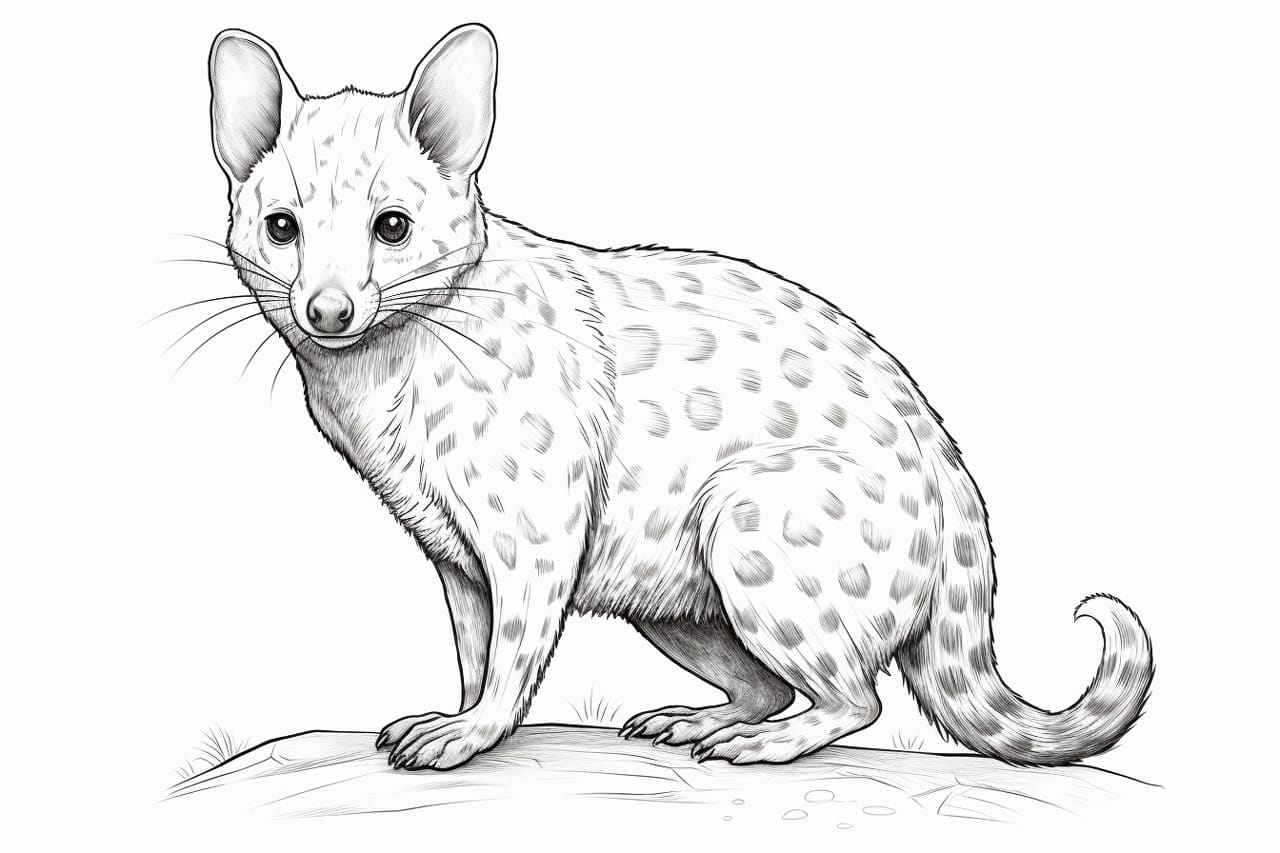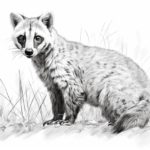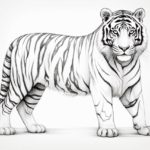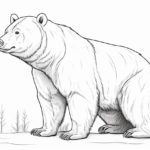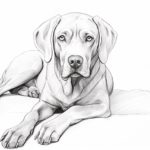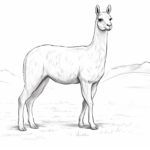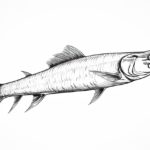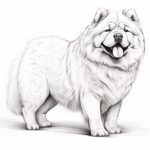Learning how to draw a Quoll can be a delightful and rewarding experience for any artist, whether you are a beginner or an experienced illustrator. These unique and charismatic marsupials are native to Australia and New Guinea, making them a fascinating subject to capture on paper. With their distinctive spotted fur and long tails, Quolls offer a wonderful opportunity to practice your skills in rendering textures, patterns, and proportions. In this guide, we will explore the key features of Quolls and provide step-by-step instructions on how to create a lifelike and expressive drawing of these captivating creatures. So grab your pencils and paper, and let’s embark on an artistic journey into the world of Quolls!
Materials Required
To draw a Quoll, you will need the following materials:
- Pencil: for sketching and outlining the Quoll’s features.
- Paper: to draw the Quoll on.
- Eraser: for correcting mistakes and refining details.
- Colored pencils or markers: to add color to your Quoll drawing.
- Reference image: to help you accurately depict the Quoll’s appearance and features.
- Sharpener: to keep your pencils sharp for detailed drawing.
- Blending tools: such as blending stumps or cotton swabs, to blend colors and create smooth transitions.
- Optional: pastels or watercolors for a different artistic effect.:
How to Draw a Quoll: a Step-by-step Guide
Step 1: Gather Your Materials
Start by collecting all the necessary materials for drawing a Quoll. You will need a pencil, eraser, drawing paper, and your choice of coloring tools such as colored pencils or markers.
Step 2: Study Quoll Reference Images
Before starting your drawing, take some time to study reference images of Quolls. Pay attention to their unique features such as their long tail, pointed snout, and distinctive fur markings.
Step 3: Sketch the Basic Structure
Begin by lightly sketching the basic structure of the Quoll using your pencil. Start with a simple oval shape for the body and add a smaller oval for the head. Draw a line for the spine and indicate where the limbs and tail will be positioned.
Step 4: Add Details
Once you are satisfied with the overall shape, start adding details to your Quoll drawing. Add the ears, eyes, nose, and mouth, paying close attention to the placement and proportions. Quolls have a distinctive facial pattern, so make sure to include that as well.
Step 5: Refine the Outline
Carefully go over your initial sketch and refine the outline of the Quoll. Make sure the proportions are accurate and the lines are clean and smooth. Erase any unnecessary guidelines and adjust any features that may need tweaking.
Step 6: Add Texture and Fur Details
Quolls have a unique fur pattern that consists of spots or stripes, depending on the species. Use your pencil to add texture and fur details to your drawing, paying attention to the direction of the fur and the placement of the markings.
Step 7: Finalize Your Drawing
Once you are happy with the overall look of your Quoll drawing, go over the lines with a darker pencil or pen to make them stand out. Add any final details or shading to give your drawing depth and dimension.
Step 8: Color Your Quoll
Finally, it’s time to add color to your Quoll drawing. Use your chosen coloring tools to carefully color in the fur markings and any other details. You can also add a background to complete your artwork.
Step 9: Evaluate and Make Adjustments
Take a step back and evaluate your drawing. Make any necessary adjustments or additions to enhance the overall look of your Quoll. Don’t be afraid to experiment with different techniques to bring your drawing to life.
Conclusion
In conclusion, I want to commend you on your beautiful depiction of the Quoll. Your attention to detail and skillful use of shading have truly brought this unique creature to life on paper. Keep exploring different techniques and subjects in your art practice, as your talent and creativity have the potential to flourish even further. Remember to stay inspired, stay curious, and keep creating. Well done!
Fun Facts About Quolls
- Quolls are carnivorous marsupials native to Australia and New Guinea.
- There are four species of quolls: the Northern Quoll, Eastern Quoll, Western Quoll, and Spotted-tailed Quoll.
- Quolls are known for their spotted fur, which helps them blend into their forest habitats.
- They are skilled climbers and are known to hunt in trees as well as on the ground.
- Quolls are primarily nocturnal, meaning they are most active at night.
- Female quolls have a unique reproductive system where they have a bifurcated (split) reproductive tract, allowing them to mate with multiple males and potentially produce offspring from different fathers in the same litter.
- Quolls have a diverse diet that includes insects, small mammals, birds, reptiles, and even fruits.
- They are solitary animals and typically only come together to mate.
- Quolls have a strong musky odor, which they use for communication and to mark their territories.
- Unfortunately, all four species of quolls are currently listed as threatened or endangered due to habitat loss, introduced predators, and disease.
Suggestions for Scenes and Settings for Quoll Drawings
Of course! Here are some specific suggestions for scenes and settings for drawings of Quolls:
- Quolls in their natural habitat: Consider drawing quolls in a lush, dense forest setting with plenty of trees, rocks, and undergrowth. This will showcase their natural environment and behavior.
- Quolls at night: Capture the elusive nature of quolls by drawing them in the darkness of night, perhaps under a starry sky or with the glow of the moon highlighting their fur.
- Quolls in a rainforest: Show quolls navigating through a vibrant, tropical rainforest with colorful foliage, cascading waterfalls, and exotic wildlife in the background.
- Quolls hunting for food: Illustrate quolls in action as they hunt for insects, small mammals, or reptiles. You could depict them pouncing on prey or stealthily stalking their target.
- Quolls in an urban setting: Explore the interaction between quolls and human environments by drawing them in a cityscape or suburban neighborhood. This could highlight the challenges they face living in close proximity to humans.
- Quolls in a family group: Show the social side of quolls by drawing a family group interacting with each other – perhaps playing, grooming, or caring for their young.
- Quolls in a conservation setting: Highlight the importance of quoll conservation by depicting them in a protected area, such as a wildlife sanctuary or national park. This could raise awareness about the threats they face and the efforts being made to protect them.
I hope these suggestions inspire you to create some beautiful and meaningful drawings of quolls in a variety of scenes and settings!

